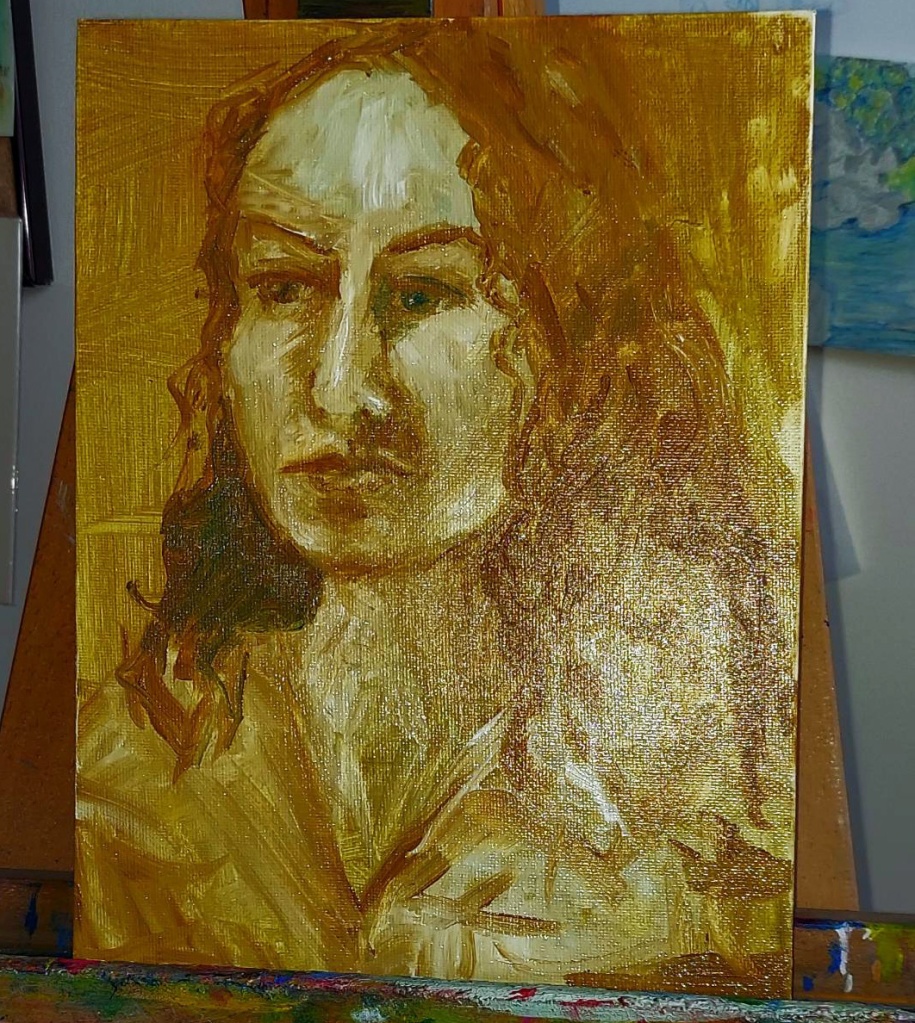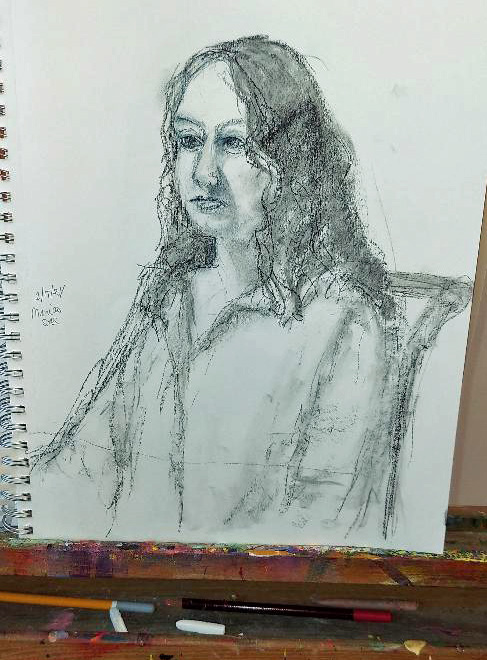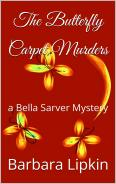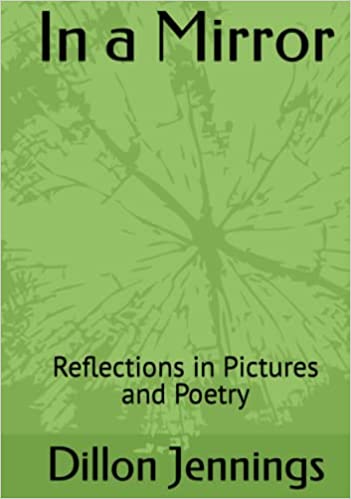I just spent 2 very happy Saturdays at the Scottsdale Artists’ School Portrait Open Studio. It’s been 7 years since I was a regular there, every Saturday morning, and it was fantastic to be back again. And…I learned a new technique. New to me, anyway.
I hadn’t brought any paints with me, only drawing materials, but I noticed that most of the others were doing “value paintings” using an oil palette of white, burnt sienna, and viridian. I’ve done plenty of value paintings, but never with viridian, so I couldn’t wait to get back to my own studio, break out the oil paints, and try it for myself. Today was the day!
I haven’t used oils in a while, but using them again today reminded me of why I love them and used them for so many years. They are so easy to play with, and they stay workable for hours, so there’s no rush. I can relax, take my time and enjoy the process. For my first effort at the new technique, I decided to copy one of the drawings I’d done at the Open Studio. I’m pretty happy with it, though still not sure if I like the viridian or not. I’ll work on it some more tomorrow, but here’s the ‘first draft.’
Monica, 12 x 9, oil and Monica, charcoal on paper, 14 x 11













